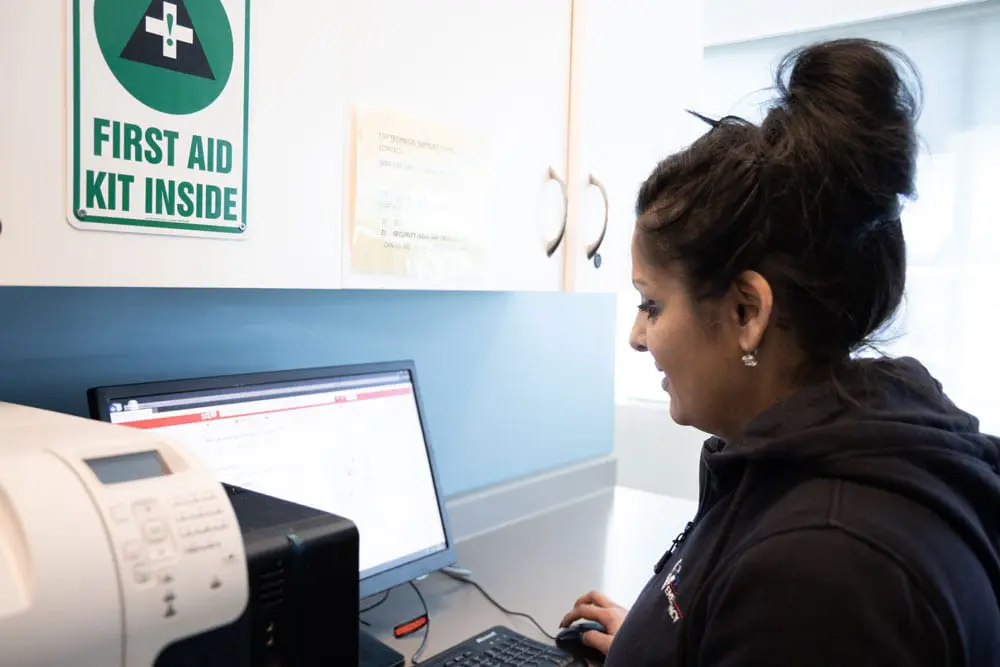Hospitals, doctor’s offices and clinics should offer an inviting and friendly environment to all their incoming patients. The medical office assistant plays a key role in fostering this atmosphere. As the first person who patients and their families meet before seeing a doctor, it is the job of professionals in medical office assistant careers to play both a customer service role and an administrative role in the medical office.
While the customer service duties of a medical office assistant stay more or less consistent, their role as an administrator is constantly evolving. Every year, new technology is developed that helps make tasks in the medical office more streamlined. Tasks that were once outsourced, are now being taken on by the medical office assistant right in the workplace. Read on to learn how the technology taught in today’s medical office assistant training is making administrative tasks more efficient for the benefit of both the medical office and its patients.
Scheduling Software
Computer software for the medical office is becoming more and more integrated, which means that office administrators are looking for scheduling programs than will do more for them than just simply organize appointments.
Companies like NextGen Healthcare Information Systems have created software which can perform dozens of tasks in the medical office, all in one compact program called NextGen Healthcare. The components of this program include hospital scheduling, a patient billing system, a document integration system and an analytics tool.
While some offices may prefer the all-in-one package, some prefer to suit their specific needs with a variety of different programs. Other products which focus specifically on medical scheduling, such as SpectraSoft, may have more detailed features or specific tools not available in more expansive products.
Medical Billing
Medical billing is one task that used to be (and in some medical offices, still is) a job undertaken by an outsourced medical billing associate. Advancements in today’s software means that medical office assistant school graduates are also learning the skill of medical billing in their training.
Two programs which have become synonymous with in-house medical billing are SmartSeries Professional and Epic Resolute. SmartSeries is designed for both larger clinics and independent practices. This program covers tasks such as private billing, third party billing and reimbursements—and can also create invoices.
Epic Resolute is streamlined medical billing software which offers features such as claims formatting, accelerated reimbursement and reporting tools to track the financial performance of the medical office. As can be seen, every program offers something different; it is up to the medical office administrator and office assistants to determine which program best suits the needs of the office.
Transcription and Electronic Medical Records
The medical terminology taught to medical office assistants in their training provides a basis for their duties as transcriptionists. In some hospitals, medical transcription is outsourced, like medical billing, but the technology in today’s medical offices now makes it easier for office assistants to take on this task.
Medical transcription is the act of putting a doctor’s notes and patient reports into an electronic format. This is so that all of a patient’s information can be found easily in one place, reducing the risk of lost information and also reducing clutter in the medical office. For this task, medical office assistants not only need to have excellent knowledge of medical terminology; they must also know how to store files digitally and create backup files in digital and hard copy.
What other technology is being used by today’s medical office assistants?


